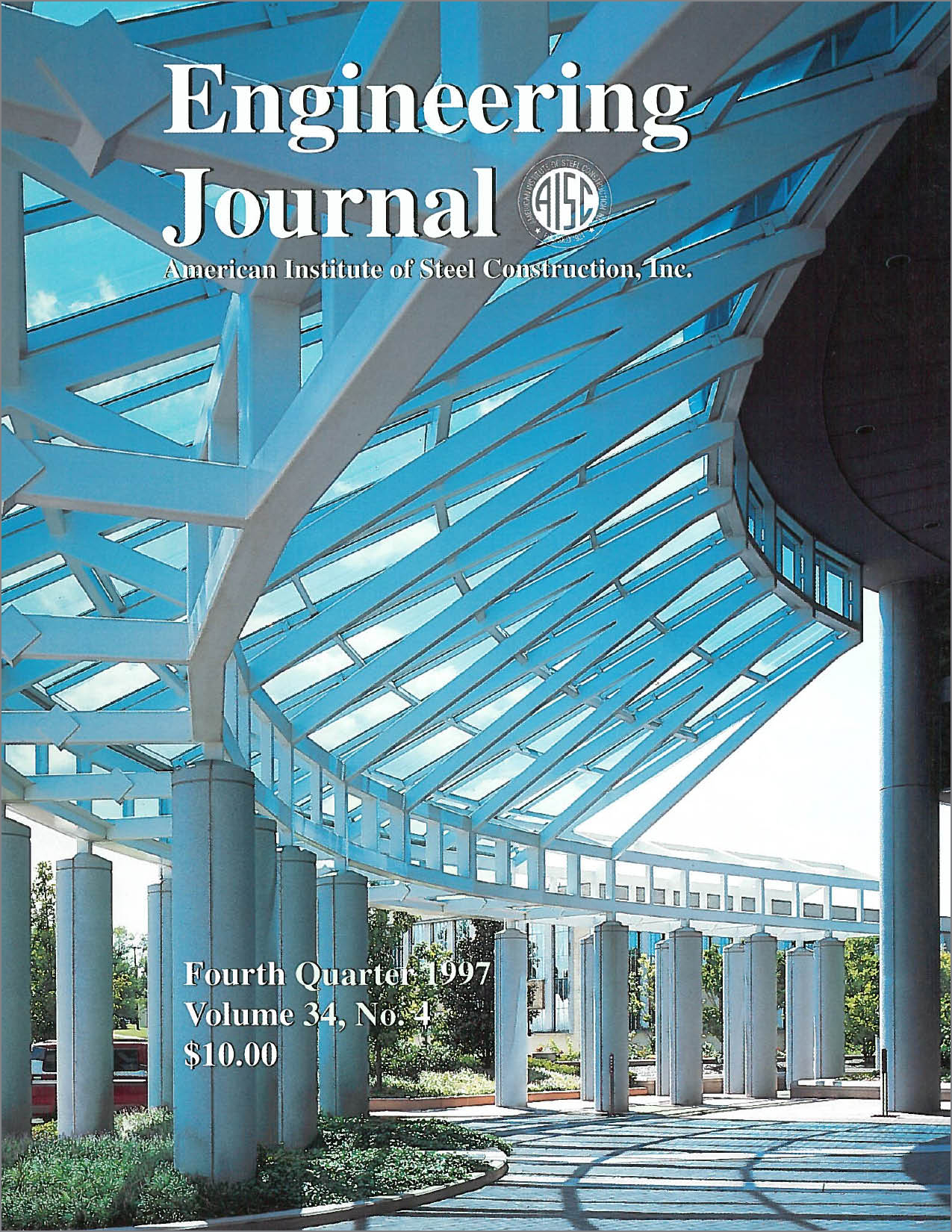Practical Application of Energy Methods to Structural Stability Problems
DOI:
https://doi.org/10.62913/engj.v34i4.1234Abstract
Simple energy-based formulations can provide convenient solutions for, and fresh insights into, many common structural stability problems. This is true even today, when practicing engineers have ready access to sophisticated computer programs for first- and second-order structural analysis. In general, the direct energy-Lased formulation of a stability problem involves balancing the strain energy resulting from deformation of the structure with the work done by applied loads. The critical load corresponding to any assumed buckled shape can be determined in this manner. In many practical situations, this is a surprisingly simple and straightforward process. At the most basic level, energy concepts can be used to assess whether a particular deformation pattern in a structure is a potential buckling mode: If the deformation causes the applied loads to move in the direction in which they are applied, i.e., if the loads do positive work, the deformation is a potential buckling mode, otherwise it isnt, regardless of the magnitude of loading. This simple concept can be used to determine whether and where bracing is needed in a structure. This paper will begin with a brief reintroduction to the energy-based formulation of buckling problems. The energy formulation will be applied to certain structure types for which buckling solutions, by other means, are readily available. This will show how the energy approach can provide fresh insight into the behavior of structures, by furnishing simple physical explanations for some of the characteristics of familiar solutions. A general procedure for stability analysis based on energy concepts will then be presented, and illustrated with the help of practical examples.

